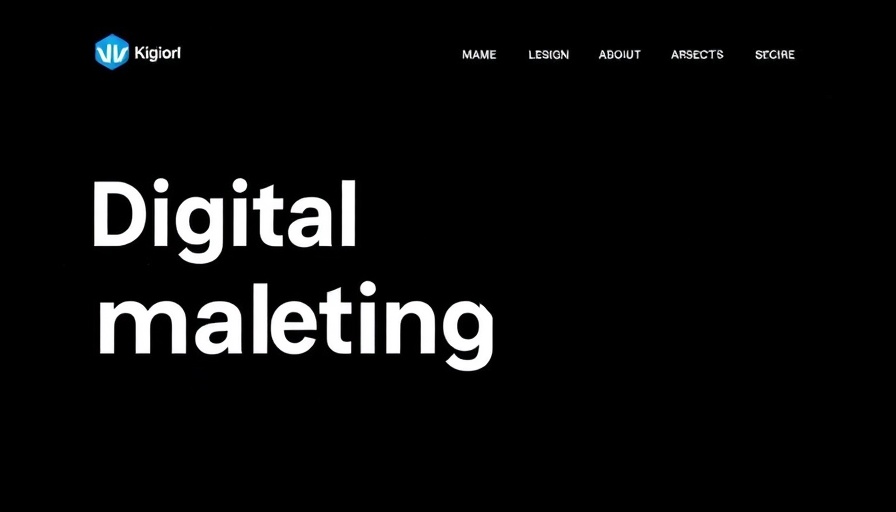
Unlocking the Power of Newsletters: A Modern Marketing Lifeline
In the digital age, where information is abundant and attention spans are fleeting, newsletters have emerged as a potent way to engage audiences. Many professionals, business owners, and marketers are discovering the immense potential of newsletters to build relationships and drive conversions. But how can one effectively promote a newsletter and grow its audience? This article will explore proven strategies to maximize the impact of your newsletter.
Understanding Your Audience: The Key to Relevant Content
The first step in newsletter promotion is understanding who your audience is and what content they find valuable. Conduct surveys, analyze your existing customer data, and leverage analytics to identify audience preferences. Aligning your content strategy with the interests of your target audience not only makes your newsletter more engaging but also enhances your overall marketing performance.
Content Marketing Strategies: Creating Compelling Newsletter Content
Your newsletter should offer more than just company updates; it should provide genuine value. Incorporate educational content, industry insights, and tips that resonate with your audience's needs. Utilize a blend of formats – articles, infographics, or videos – to keep your content dynamic and engaging. Additionally, using SEO updates and insights into social media marketing trends can help ensure your newsletter stays relevant and finds its way to the inboxes of potential subscribers.
Utilize Social Media Marketing Trends for Promotion
Cross-promotion on social media can significantly expand your newsletter’s reach. Share snippets or highlights from your latest newsletter on your social media channels to draw followers in. Utilize trending platforms such as Instagram or TikTok to reach a broader demographic, ensuring your messaging is tailored to the unique style of each platform. Incorporate relevant hashtags to increase discoverability.
Email Marketing Tactics: The Art of Effective Broadcasting
Once you have drafted your newsletter, the next step is ensuring it lands in your audience's inbox. Optimize your email marketing tactics by focusing on subject lines, sending times, and segmentation based on user behavior. A/B testing can reveal what resonates best with your audience. Additionally, having a clean, appealing layout helps improve engagement and redirect users to your content.
The Role of Analytics and Data Reporting in Refining Strategy
Constantly analyze the performance of your newsletter through analytics and data reporting tools. Monitoring metrics such as open rates, click-through rates, and conversion rates allows you to identify which elements are working and which ones aren't. Use this data-driven approach to make informed decisions regarding your content strategy and promotional efforts. This iterative process will enable continuous improvement over time.
Non-traditional Channels: Influencer and Affiliate Marketing Strategies
Consider leveraging influencer marketing by collaborating with industry figures who have a similar audience. A mention or endorsement from an influencer can bring significant visibility to your newsletter. Moreover, developing an affiliate marketing strategy can motivate others to promote your newsletter in exchange for a commission, thus expanding your reach organically.
Future Insights: Trends Shaping Newsletter Promotion
As technology evolves, the way we promote newsletters will also adapt. Keep an eye on emerging trends like AI in digital marketing and increasing personalization in marketing strategies. Tailoring your newsletter's content using AI-generated insights can enhance user experience and lead to better subscription rates. Additionally, understanding how to optimize for voice search will become increasingly important as voice commerce rises.
Conclusion: Actionable Insights for Effective Newsletter Promotion
Promoting a newsletter is more than just pushing out content; it’s about creating an engaging experience for your audience. By understanding your readers, employing innovative content marketing strategies, and utilizing data for continuous improvement, you can cultivate a loyal readership. Take these insights to heart and begin your journey with a well-structured newsletter promotion plan.
Don’t miss the chance to optimize your marketing approach! Start integrating these strategies today to amplify your newsletter’s reach and effectiveness.
 Add Row
Add Row  Add
Add 




Write A Comment